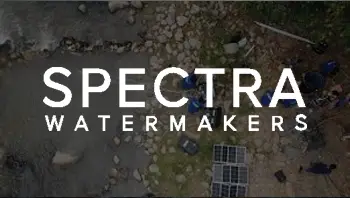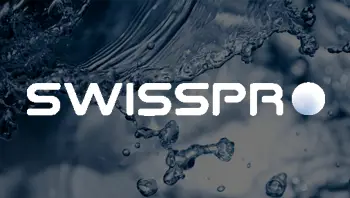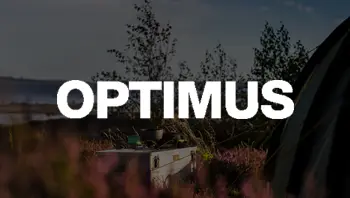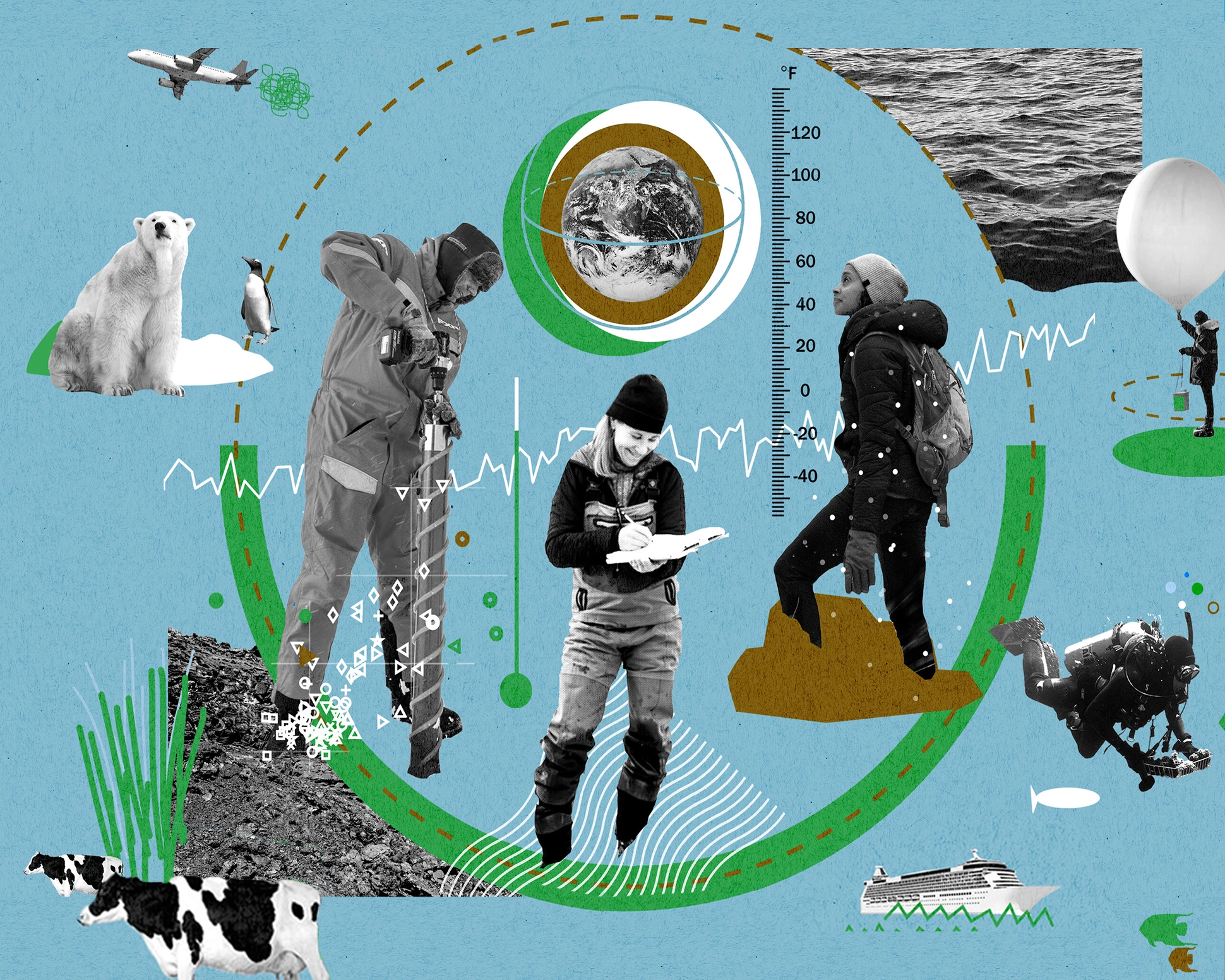Water – At The Center Of Climate Change And Climate Crisis
Water and climate change are inextricably linked. Climate change affects the world’s water in complex ways. From unpredictable rainfall patterns to shrinking ice sheets, rising sea levels, floods and droughts – most impacts of climate change come down to water.
Climate change is exacerbating both water scarcity and water-related hazards (such as floods and droughts), as rising temperatures disrupt precipitation patterns and the entire water cycle.
Water scarcity
- About two billion people worldwide don’t have access to safe drinking water today (SDG Report 2022), and roughly half of the world’s population is experiencing severe water scarcity for at least part of the year (IPCC). These numbers are expected to increase, exacerbated by climate change and population growth.
- Only 0.5 per cent of water on Earth is useable and available freshwater – and climate change is dangerously affecting that supply. Over the past twenty years, terrestrial water storage – including soil moisture, snow and ice – has dropped at a rate of 1 cm per year, with major ramifications for water security.
- Water supplies stored in glaciers and snow cover are projected to further decline over the course of the century, thus reducing water availability during warm and dry periods in regions supplied by melt water from major mountain ranges, where more than one-sixth of the world’s population currently live.
- Sea-level rise is projected to extend salinization of groundwater, decreasing freshwater availability for humans and ecosystems in coastal areas.
- Limiting global warming to 1.5°C compared to 2°C would approximately halve the proportion of the world population expected to suffer water scarcity, although there is considerable variability between regions.
- Water quality is also affected by climate change, as higher water temperatures and more frequent floods and droughts are projected to exacerbate many forms of water pollution – from sediments to pathogens and pesticides.
- Climate change, population growth and increasing water scarcity will put pressure on food supply (IPCC) as most of the freshwater used, about 70 per cent on average, is used for agriculture (it takes between 2000 and 5000 liters of water to produce a person’s daily food).
- Photocomposition: a dry tree in a dry soil, with the word drought written in bold big letters at the background.
Water-related hazards
- Climate change has made extreme weather events such as floods and droughts more likely and more severe.
- Rising global temperatures increase the moisture the atmosphere can hold, resulting in more storms and heavy rains, but paradoxically also more intense dry spells as more water evaporates from the land and global weather patterns change.
- Drought and flood risks, and associated societal damages, are projected to further increase with every degree of global warming.
- The frequency of heavy precipitation events will very likely increase over most areas during the 21st century, with more rain-generated floods. At the same time, the proportion of land in extreme drought at any one time is also projected to increase.
- Water-related disasters have dominated the list of disasters over the past 50 years and account for 70 per cent of all deaths related to natural disasters.
- Since 2000, flood-related disasters have risen by 134 per cent compared with the two previous decades. Most of the flood-related deaths and economic losses were recorded in Asia (WMO). The number and duration of droughts also increased by 29 per cent over this same period. Most drought-related deaths occurred in Africa.
- Photocomposition: a house on the left, with a lot of water in the bottom of the image. The word floods is written in big bold white letters at the front of both illustrations.
Water solutions
- Healthy aquatic ecosystems and improved water management can lower greenhouse gas emissions and provide protection against climate hazards.
- Wetlands such as mangroves, seagrasses, marshes and swamps are highly effective carbon sinks that absorb and store CO2, helping to reduce greenhouse gas emissions.
- Wetlands also serve as a buffer against extreme weather events (UNEP). They provide a natural shield against storm surges and absorb excess water and precipitation. Through the plants and microorganisms that they house, wetlands also provide water storage and purification.
- Early warning systems for floods, droughts and other water-related hazards provide a more than tenfold return on investment and can significantly reduce disaster risk: a 24-hour warning of a coming storm can cut the ensuing damage by 30 per cent.
- Water supply and sanitation systems that can withstand climate change could save the lives of more than 360,000 infants every year.
- Climate-smart agriculture using drip irrigation and other means of using water more efficiently can help reduce demand on freshwater supplies.
How UNITED BLUERISE Can Help
We at United Bluerise, strive to change lifestyles to refill and reuse habits for benefit of our health and environment. This goal may only happen by encouraging individuals to shift from conventional norms and believes to a further step of environment-oriented yet healthy lifestyle.
As a global movement, we also strongly invite individuals and groups by choosing to reuse and saving millions of pieces of plastic from ending in nature, which is surely the principal to reduce plastic pollution and of course the climate change. In this pathway, we can together keep our environment and community a plastic-free for the future.
The aim is to make all of us stand up for an ideal and unite towards a better world, sharing facts, ideas and advice on how to live a more responsible life. Our throwaway culture is polluting our planet and we need to turn off the tap when it comes to single-use plastic. Plastic is not only polluting our planet, impacting communities around the world, and contributing to the climate crisis, but it’s making its way into our bodies through the air we breathe and the food we eat.
Article: QL-7143
Source: www.un.org







